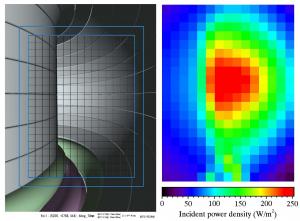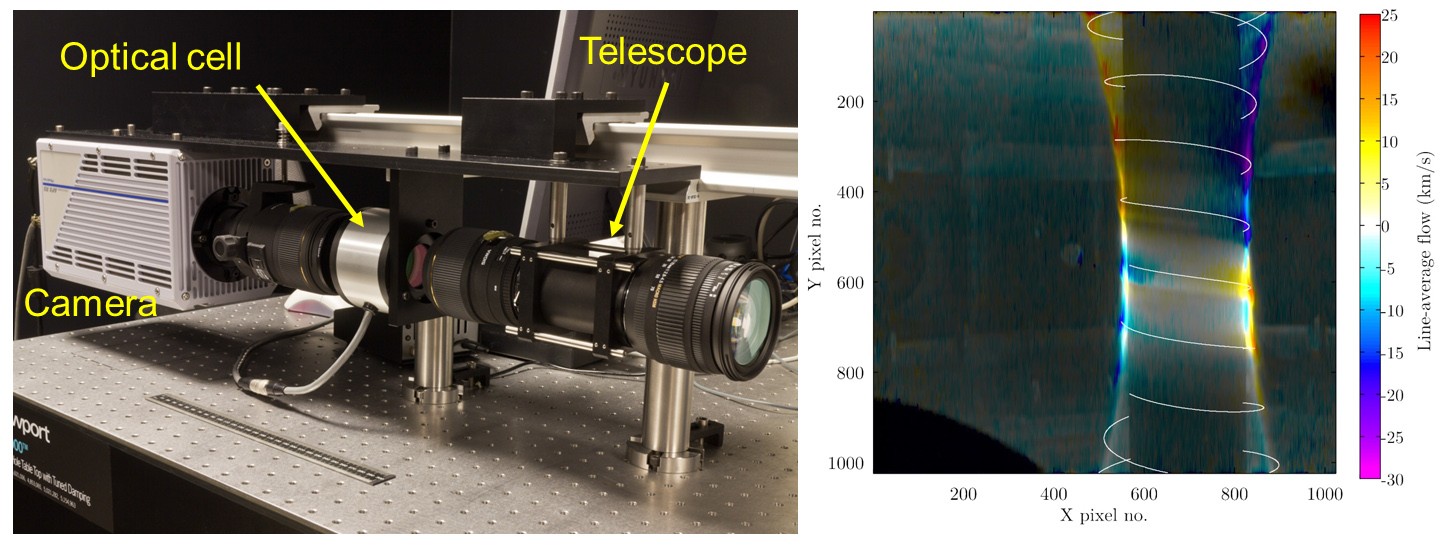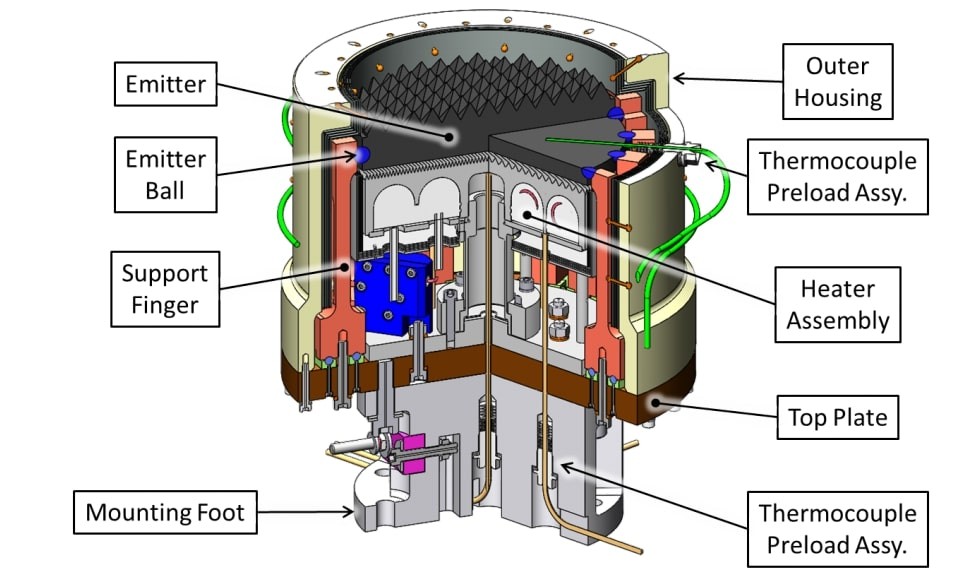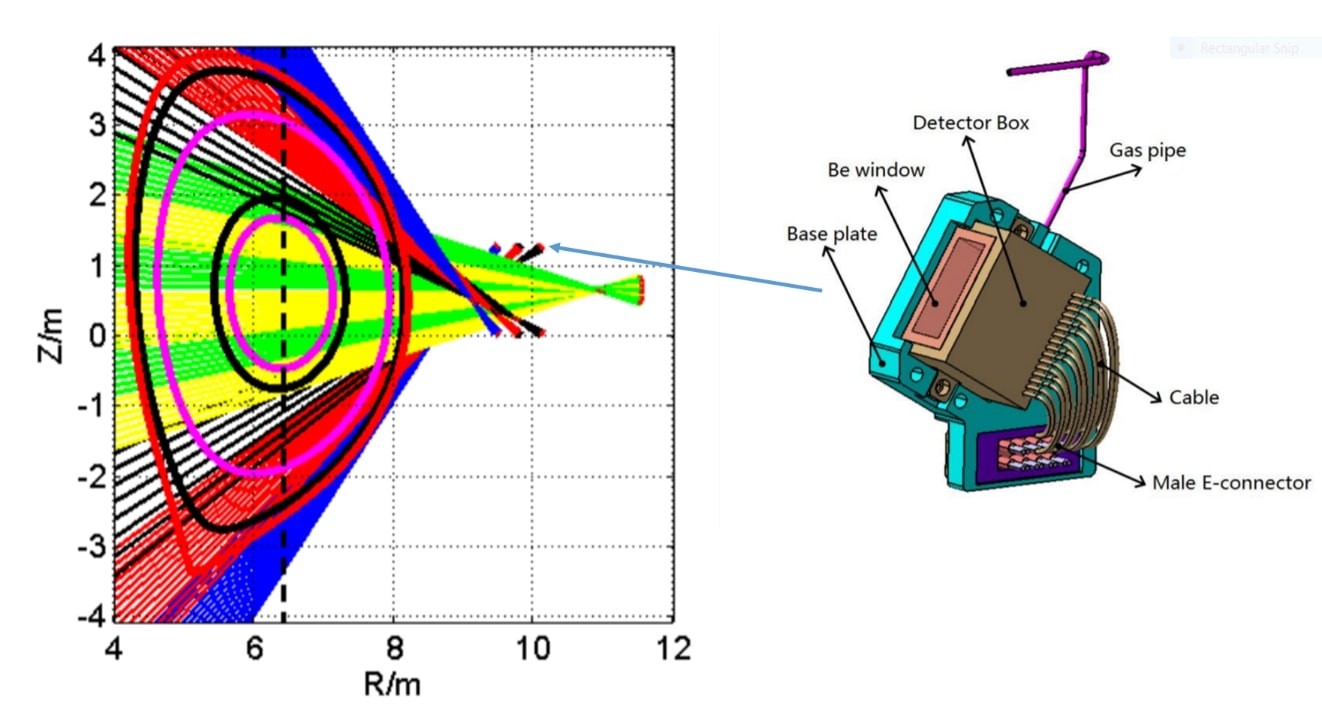Scientist Fellows in action
Important contributions are being made to ITER diagnostics by the 22 ITER Scientist Fellows who are currently dedicating a portion of their time to the research and development needs of the Port Plugs & Diagnostics Division.
Since 2016, scientists and engineers from the ITER Members have been nominated by their home institutes to become part of the ITER Scientist Fellow Network. Fellows agree to an annual work plan in an area of interest that matches an ITER need, and work closely throughout their term with ITER specialists. Of the 60 scientists participating in the Network today, 22 are supporting ITER's Port Plugs & Diagnostics Division.
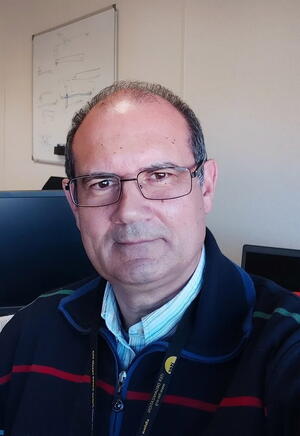
Artur Malaquias, from the Instituto Superior Técnico in Lisbon, Portugal, is contributing to the effort to develop advanced detectors for the radial X-ray camera diagnostic in close collaboration with the Chinese Domestic Agency (and China's ASIPP institute). Similar to a CAT scan, these detectors will provide a detailed view inside the ITER plasma, gathering information on important plasma properties such as impurity content, temperature and the presence of any unwanted high-energy electron beams. Although the operation of X-ray detectors is well documented in other fusion experiments, the ITER nuclear environment—with levels of neutron flux several orders of magnitude higher than any tokamak today—brings new challenges. With experts from all of the ITER parties working on the design of advanced detectors, one of the most effective ways to bring this knowledge to bear fruit is to structure dedicated workshops, and Artur has organized several. Experimental results as well as modelling and simulations provided valuable clues on how to blend the physics requirements and engineering solutions into a sensitive yet rugged and nuclear-proof design.

American native Byron Peterson has been working in fusion research in Japan for the last 25 years. He is currently professor of imaging diagnostics at SOKENDAI (the Graduate School for Advanced Studies), and at the National Institute for Fusion Science where he drives the bolometer diagnostics on the Large Helical Device (LHD). Bolometers measure the power lost from the plasma through electromagnetic radiation ranging from infrared to X-ray. Over 100 bolometer sensors—with a total of around 500 lines of sight—survey the ITER plasma from strategic locations inside the vacuum vessel. In collaboration with ITER staff and other Fellows, Peterson is evaluating the effects of neutrons and the signal-to-noise ratio of prospective imaging bolometers.
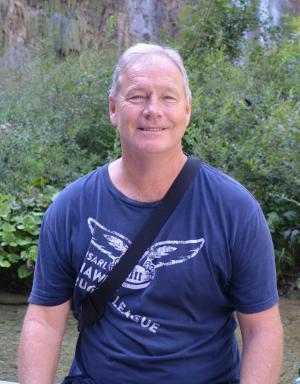
A team of researchers at the Australian National University, led by professor emeritus John Howard, has developed innovative optical systems that allow the imaging of plasma flows and temperature in the exhaust regions of fusion plasmas. These plasma Doppler "radar guns" tell us how fast the hot escaping plasma is funnelling into the ITER divertor—important information for checking wall heat loads while also allowing the tracking of eroded impurity material. Doppler "coherence imaging" (CI) systems are now operating on the largest and most advanced fusion experiments around the world. A Cooperation Agreement between the Australian Nuclear Science and Technology Organisation (ANSTO) and the ITER Organization underpins the installation of the Doppler CI system in an equatorial port on ITER for imaging the plasma boundary and divertor areas. A successful conceptual design review in March 2019 should help secure a long-term Australian commitment to this important ITER diagnostic.
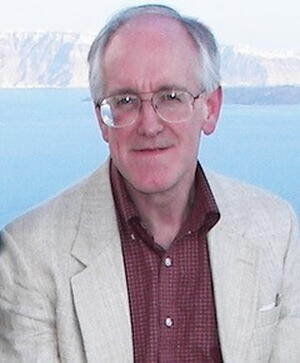
Gary Taylor has been working as an ITER Scientist Fellow for the past two years, mostly to guide the design of the electron cyclotron emission (ECE) diagnostic—a key microwave diagnostic that will be used to study the time evolution of the electron temperature profile and plasma instabilities in ITER. (The ECE diagnostic is being developed in a collaboration between design teams in the US and India.) Gary has more than 40 years of experience working in nuclear fusion research at the Princeton Plasma Physics Laboratory in the US and has led the US ECE design team for the past seven years. A critical component in the ECE system is the diagnostic shield module located in an equatorial port plug at the front of the diagnostic. In addition to other components, the module contains two hot calibration sources (see gallery below) that must operate reliably at temperatures up to 800 °C in the harsh physical environment of the ITER vacuum vessel. In addition to working on the ECE diagnostic, Gary has served as an expert on several ITER design review panels.

